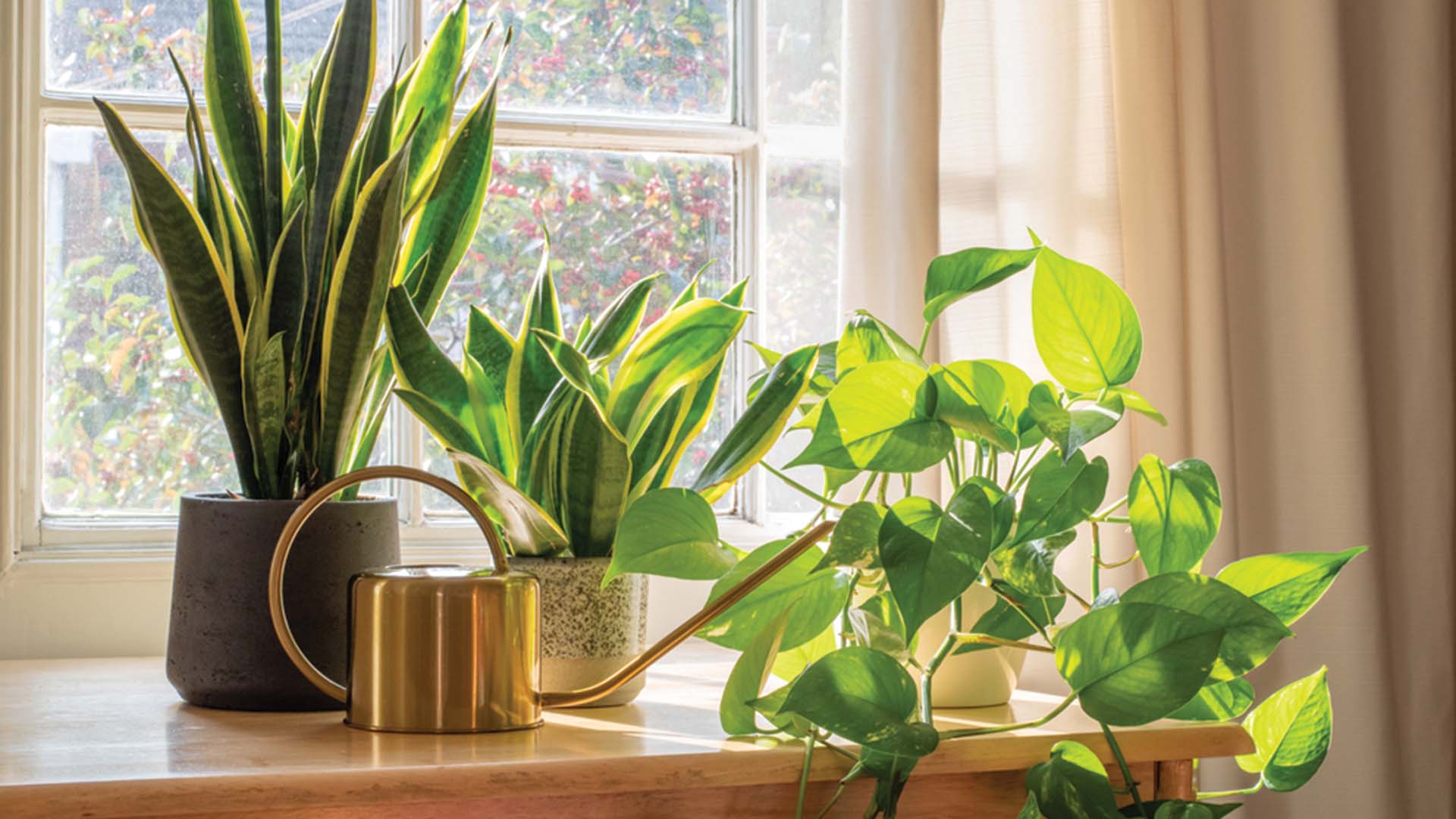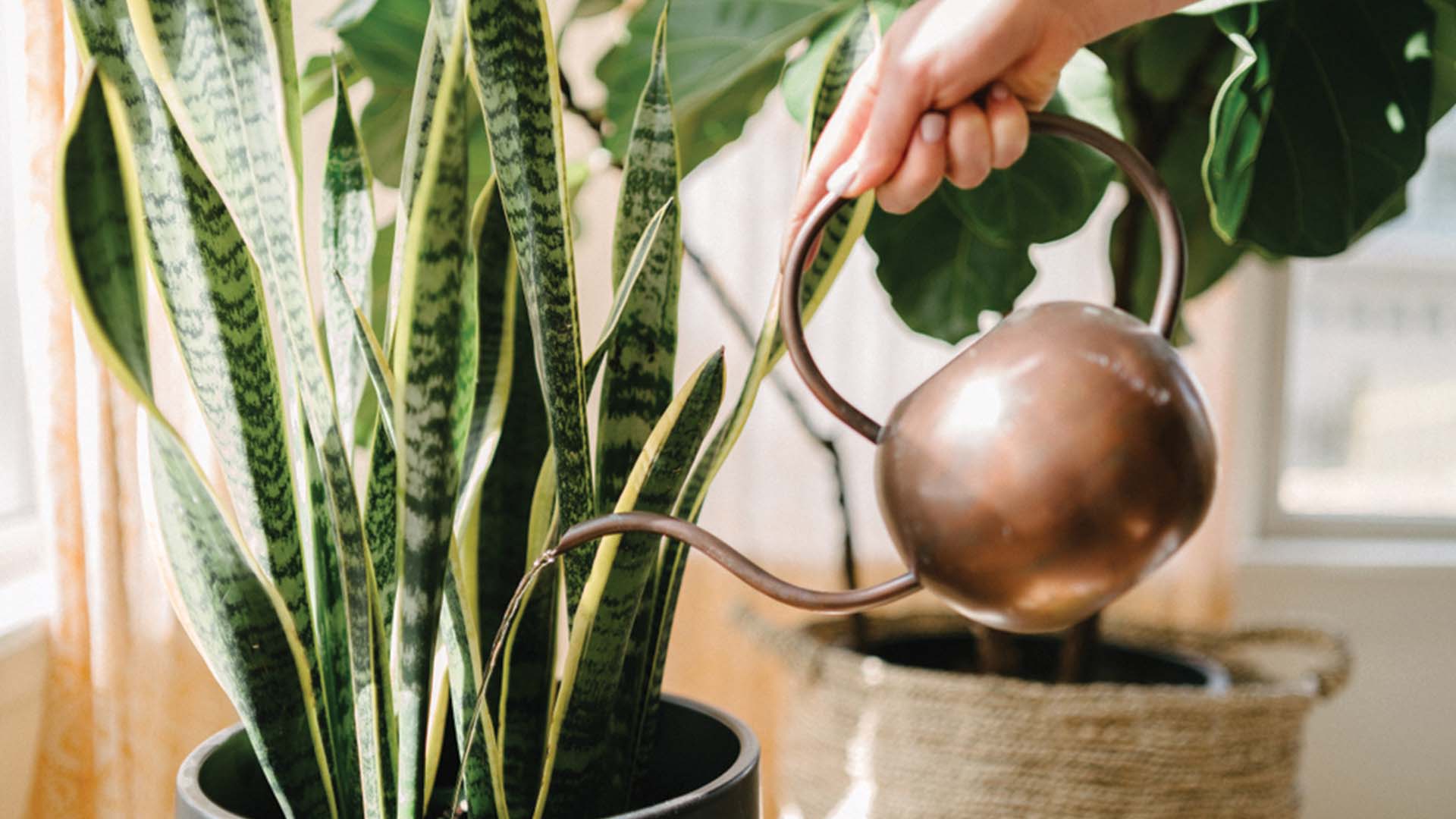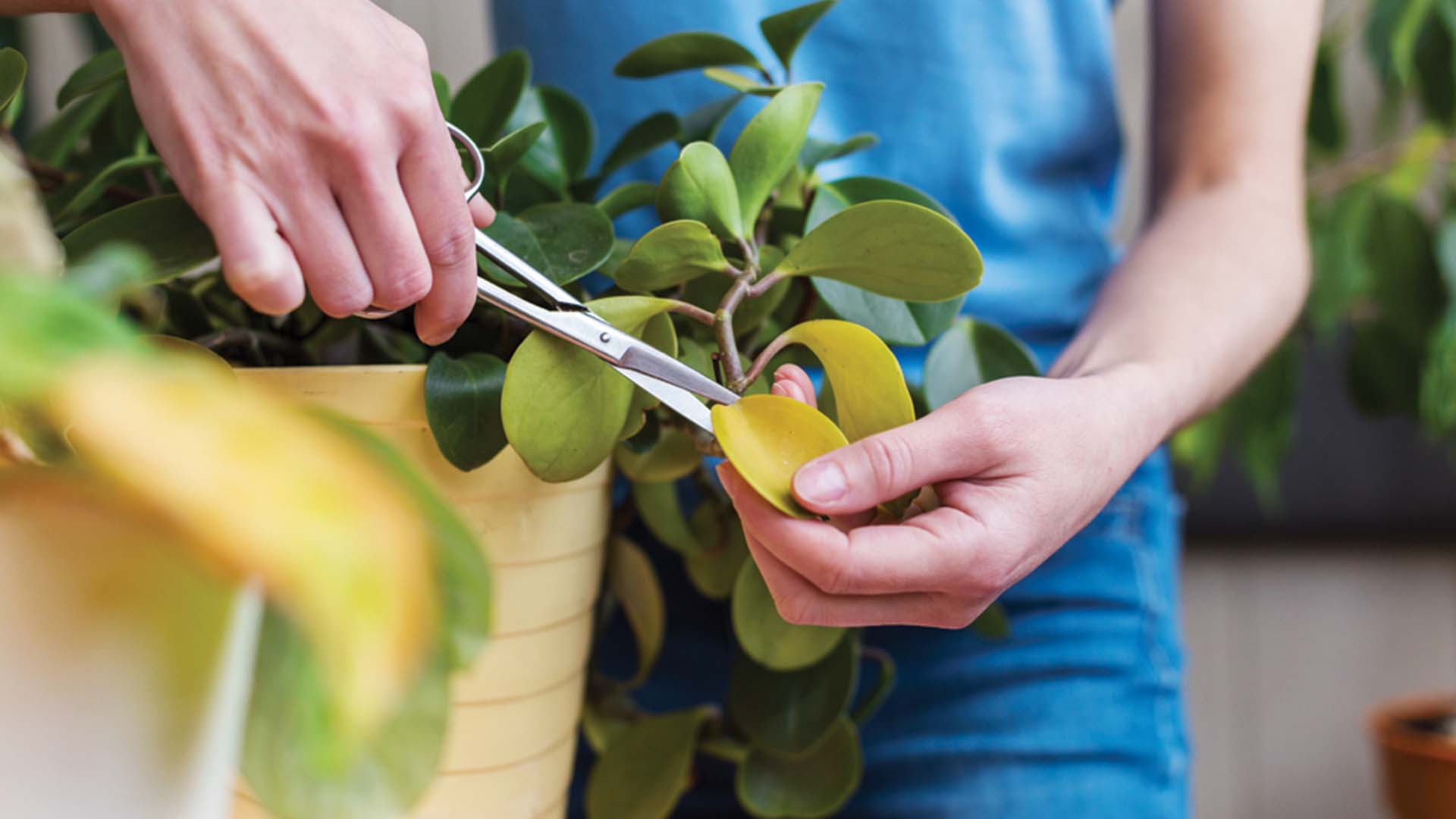Although the seasonal change from winter to spring is much appreciated by our outdoor plant babies, our indoor plants can struggle as the weather fluctuates during the change of seasons. This is a time of year when houseplant parents must have constant vigilance in order to create a smooth transition and avoid any plant decay or death. Here are some tips on how to transition your houseplants between the winter and spring seasons.

1) Check the weather frequently
During the transition from winter to spring, the weather is constantly fluctuating between hot and cold temperatures. Since the temperature is inconsistent, plant parents need to remain vigilant of the weather patterns so they can adjust their home’s heating and cooling accordingly. Additionally, this is the time to check on the whereabouts of your plants to make sure they aren’t in the direct line of any heating or cooling devices.
For example, some plant parents like to use their radiator as extra shelf space, but doing so when the heating is on could result in your plants wilting or dying. On the other hand, perhaps you moved some plants around during the winter months and hadn’t noticed that some of your plants are in front of an AC unit. Given that most houseplants are tropical natives and prefer a warmer and more humid climate, this will also put your plant babies at risk.

2) Adjust your watering schedule
The watering needs of your plant will adjust throughout the year. This is because the amount of sunlight your plant is receiving also adjusts over the year. The process of watering involves watering the soil, sunlight hitting the plant, and then the sunlight pulling the water through the plant. Therefore, during the season when your plant is receiving less sun, it will be a little less thirsty. Plants generally do better being underwatered than overwatered, which makes it crucial to slowly transition your plans to that larger quantity when watering. A general rule of thumb is if you can stick your finger into the soil of your plant and there is an inch or more soil that’s still dry, you should water it. The goal for any plant parent during the spring season is to slowly increase the amount of water given to their plants as the days get longer.

3) Don’t Panic, Prune
If your winter to spring transition strategy doesn’t work for all of your plants – don’t panic. We know that toxic overwatering cycle when we see it. Instead, if you spot some damage in the leaves of your plants, give them a trim. Removing any yellowing or dead pieces you notice in the leaves will help your plants avoid rot or fungi growing in and causing further damage. Not to mention that it will improve both their look and ability to grow back.
Discover the World of Inspiration, and uncover the wonder of the Southwest, Antarctica’s desert, and Ireland’s Cliffs of Moher.







